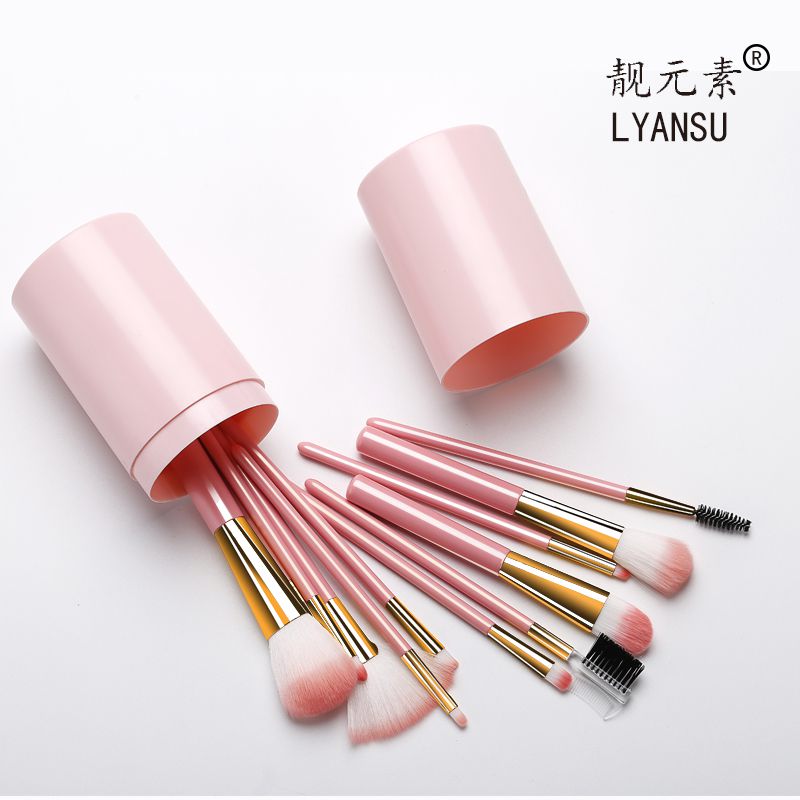Industry news
Southeast Asian Brush Producers Face Labor Shortages: Impact on Bristle Assembly Lines
- 348 Views
- 2025-09-03 01:31:44
Southeast Asian Brush Producers Face Labor Shortages: Impact on Bristle Assembly Lines
Southeast Asia’s position as a global hub for cosmetic brush manufacturing is under strain as labor shortages sweep through key production regions, with bristle assembly lines—once the backbone of the industry—bearing the brunt of the crisis. According to the ASEAN Cosmetics Manufacturers Association’s 2024 report, Vietnam, Indonesia, and Thailand, which collectively account for 65% of the region’s cosmetic brush exports, are grappling with a 15-20% labor deficit in bristle assembly roles, up from 8% in 2019. This gap is not merely a temporary blip but a structural challenge reshaping how producers operate.
The roots of the shortage are multifaceted. Post-pandemic economic rebound has fueled demand for labor in sectors like hospitality and electronics manufacturing, which offer higher wages and more flexible hours than the repetitive, precision-driven work of bristle assembly. In Vietnam’s Binh Duong Industrial Zone, a major brush production cluster, factory managers report losing workers to nearby electronics plants where entry-level salaries are 30% higher. Compounding this, younger workers—once the mainstay of assembly lines—are increasingly shunning manual labor, prioritizing roles in e-commerce or gig economy jobs that promise better work-life balance. Adding to the pressure, the push for supply chain localization has intensified competition for skilled labor within Southeast Asia, as brands shift production from China to regional hubs, straining local talent pools.
The impact on bristle assembly lines is immediate and tangible. Production lead times have stretched by 20-40% in Indonesia’s West Java region, where small to mid-sized brush producers rely almost entirely on manual labor for tasks like sorting bristle lengths, aligning tufts, and gluing bases. “We used to fulfill a 10,000-unit order in two weeks; now it takes a month,” says a production manager at a Jakarta-based brush manufacturer. To plug gaps, firms are hiring temporary workers, but this comes with trade-offs: untrained staff often mishandle bristle alignment, leading to 15% higher defect rates and customer complaints about uneven brush heads. Labor costs have also surged—Vietnamese producers report wage hikes of 18-25% since 2022—to retain existing workers, squeezing profit margins already thin from global inflation and rising raw material prices.

Faced with this reality, the industry is at a crossroads. Larger players are investing in automation: semi-automatic bristle tufting machines, which can align and trim bristle bundles with minimal human input, are becoming more common in Thailand’s Chonburi province. These machines reduce labor needs by 40% but carry a price tag of $50,000-$100,000, putting them out of reach for smaller producers. Smaller firms, meanwhile, are turning to partnerships—collaborating with local vocational schools to design short-term training programs that fast-track workers into assembly roles. In Malaysia, the Cosmetic Tool Manufacturers Association has launched a “Bristle Craft” certification program, cutting training time from 3 months to 6 weeks by focusing on core skills like precision handling and quality checks. Others are rethinking workplace culture: offering flexible shifts, on-site childcare, and performance bonuses to make assembly roles more appealing to younger workers.
The labor shortage in Southeast Asia’s brush industry is more than a production hurdle—it’s a catalyst for change. As producers navigate rising costs and shifting workforce expectations, the path forward lies in balancing automation with human skill. While full automation may remain a distant goal for many, incremental tech adoption and targeted workforce development could turn today’s challenge into tomorrow’s competitive edge. For the global beauty market, which relies on Southeast Asia for affordable, high-quality tools, the region’s ability to adapt will shape supply chains for years to come.











